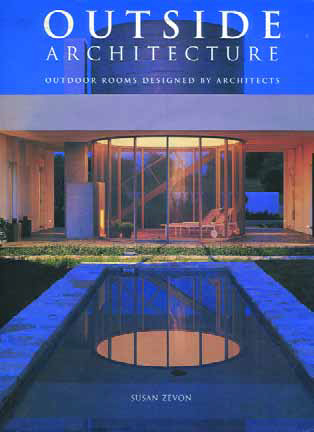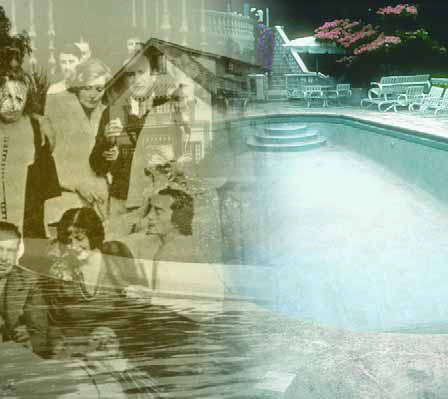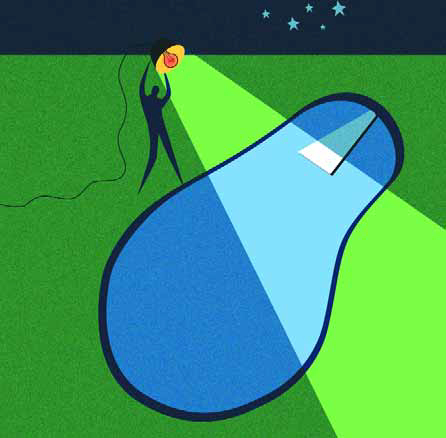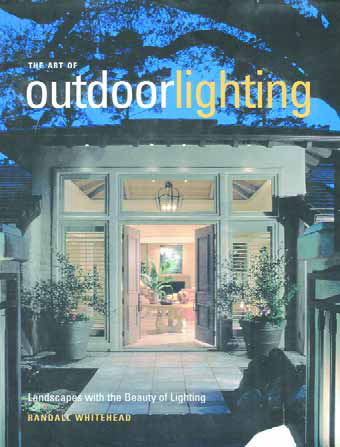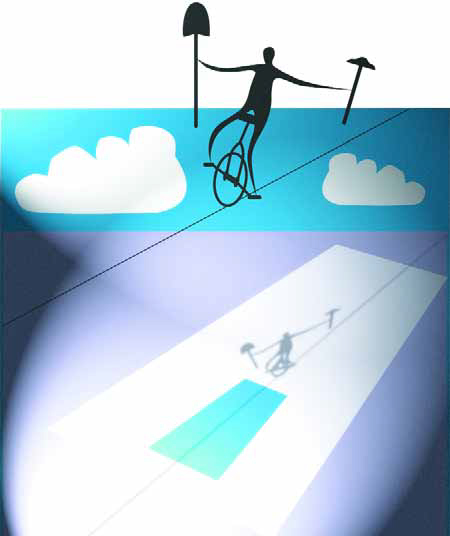design
At its most basic, public art creates spaces in which people experience art without paying hard-earned dollars to own it or going to a museum or gallery to see it. Public art is also about giving everyone within eyeshot new types of experiences amid their daily routines. Perhaps it's an object they'll pass on the way to the subway or an environment they'll spot out of the corner of an eye as they drive to the grocery store. Maybe it's a place where people gather to eat lunch or a landmark for arranging meetings with friends. Whether it's familiar to the viewer or sneaks up unexpectedly, the work becomes
Amazing things can happen when great architects think beyond the walls and tackle exterior design as part of their projects. That's a message that comes through loud and clear and repeatedly in Susan Zevon's Outside Architecture (Rockport Publishers, 1999). Throughout the book's 190 generously illustrated pages, she covers the work of 18 architects - using multiple examples from each while focusing not so much on individual projects but rather on key features, styles and design philosophies that cut across the range of the fine work on display. About three quarters of the projects are residential and range stylistically from classic to modern at locations scattered across the United States and Mexico. Nearly all of the architects were new
Take it from someone who has ripped out and replaced more than his share of old and failed swimming pools through the years: Some things are worth keeping! That's why it's so wonderful to find an old pool - a product of the industry's infancy - that has stood the test of time and has won the right to be left in place. This is the first in a series of columns on one such pool. It's also the start of a story about clients who appreciate art and style and have surrounded themselves with objects and spaces of true value and beauty. I knew right away that
The notion that water can be used to treat physical problems and conditions is not new. In fact, when you study the history of watershaping and aquatic design, one of the first things you learn is that the ancient Romans might actually have had a better grip on the healing and nurturing powers of water than we ever will. In our own work in designing and installing environments that nurture the spirit and invigorate the body, we pursue that Roman heritage as best we can - and always keep water in mind as a key component. The project described in this article stands as one our most dramatic explorations of the curative power of water to date. The pool, spa and
For the most part, the designers and builders of pools, spas and other watershapes visualize their projects in full sun, install them during daylight hours and seldom (if ever) see them after the sun goes down. That's both a problem and a shame, and it's reflected in the fact that the run of projects you encounter by mainline pool-industry folks - and, to a lesser extent, by people from the landscape trades - tend to treat the lighting of exterior spaces as an afterthought if it's really thought about at all. In fact, I'll go so far as to say that
Last month, we covered a side-yard project that fulfilled one family's dream of gaining a kitchen garden. This functional design worked well for what had basically been a small, unused space - but it's by no means the only use for such spaces. Small spaces can lend themselves to a number of different possibilities. Discussing the clients' lifestyle or wish list might uncover something they really want or can identify ideas they haven't yet considered as possible uses for the space. Case in point: I had a client who wanted to create three
What started as a slow simmer has now come completely to a boil. Ten years ago, precious few of our clients had little or no interest in setting up outdoor cooking areas to go along with their pools, spas and waterfeatures. That's certainly not the case today, when fully 90% of our clients want us to set up some sort of kitchen amenity as part of their deck and patio areas. You don't have to be a marketing genius to see what's happening: It's great fun to
The fine points of landscape lighting are the worthy subject of The Art of Outdoor Lighting by Randall Whitehead (Rockport Publishers, Gloucester, Mass., 1999). It's a wonderful place to begin a journey of discovery: The text consists of 192 heavily (and beautifully) illustrated pages that break the discipline of lighting design down to several practical areas of concern - and there's a generous section all about ways to light waterfeatures. The verbiage throughout is both brief and focused, leaving most of the space for a parade of beautiful photographs of public and residential spaces. Simply by flipping through the pages and looking at some of these projects, you begin to see just how much interest and beauty can be created when you think about
Last time, I described a series of unfortunate revelations that complicated the early stages of an elaborate pool renovation project in Malibu, Calif. By the time all of those enormous structural issues had been addressed, the pool project had been on hold for about six months. When we finally returned to the site to resume our work, we were greeted by a "courtyard" that was basically a neat, seven-foot-deep hole surrounded by a beautiful home in one of the most exclusive neighborhoods in the country. Although the most significant of the troubles were now behind us, the tasks that followed were far from simple. In the intervening six months, my clients had
I have a confession to make: I've never really been much interested in art. That may seem surprising coming from someone who has a degree in landscape architecture and has dedicated a career to design. Fact is, I was never exposed to different types of art or to art history in any serious way: My high school didn't offer it, my family wasn't big on it and my landscape-architecture curriculum didn't require it. This never really bothered me, and the fact that nobody seemed to care











